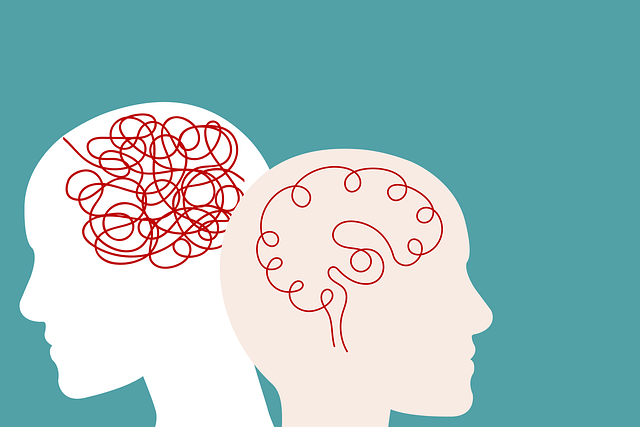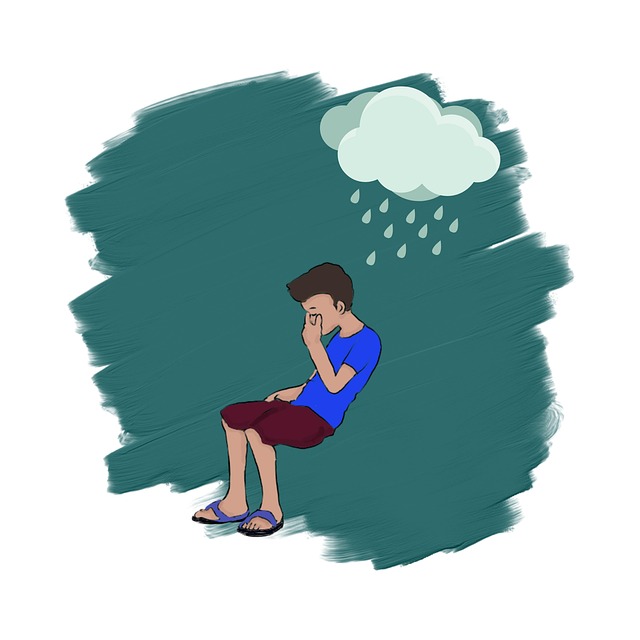The text addresses the pervasive stigma surrounding mental illness, highlighting its detrimental effects on individuals and their support systems. It proposes a multi-faceted approach led by public awareness campaigns focused on Emotional Intelligence and Crisis Intervention. Superior Somatic Experiencing Therapy (SSET) is introduced as an innovative treatment for emotional trauma, promoting self-acceptance and challenging stigmas through holistic care. Integrating SSET into education and community programs is suggested to foster understanding, empathy, and informed advocacy. Success in stigma reduction requires comprehensive evaluation using both qualitative and quantitative data, like tracking mental health outcomes, public perceptions, and resilience building, ensuring tailored approaches and improved policies.
Mental illness stigma remains a significant barrier to treatment and recovery. This article delves into comprehensive strategies aimed at reducing this social burden. We explore the root causes of stigma and its profound impact on individuals and communities, highlighting the potential of innovative approaches like Superior Somatic Experiencing Therapy. Through effective community engagement, education, and measurement of success, we can foster a more supportive environment for those facing mental health challenges.
- Understanding Mental Illness Stigma: Causes and Impact
- The Role of Superior Somatic Experiencing Therapy in Stigma Reduction
- Strategies for Effective Community Engagement and Education
- Measuring Success: Evaluating Stigma Reduction Efforts
Understanding Mental Illness Stigma: Causes and Impact

Stigma surrounding mental illness is a pervasive issue with far-reaching consequences. It often arises from misconceptions and a lack of understanding about what it truly means to experience a mental health condition. This stigma can manifest in various ways, leading to discrimination, social isolation, and even barriers to accessing essential resources and treatments. For instance, individuals battling depression or anxiety may face judgment from peers and family, hindering their willingness to seek help.
The impact of this stigma is profound, affecting not just the affected individuals but also their support systems. It can contribute to a cycle of secrecy, making it challenging for those in need to connect with much-needed Superior Somatic Experiencing Therapy or other forms of treatment. Public Awareness Campaigns Development and initiatives focused on fostering Emotional Intelligence are crucial steps toward breaking this cycle. Through education and open dialogue, we can challenge societal norms, encourage empathy, and provide Crisis Intervention Guidance, ultimately reducing the stigma that surrounds mental illness.
The Role of Superior Somatic Experiencing Therapy in Stigma Reduction

Superior Somatic Experiencing Therapy (SSET) plays a pivotal role in stigma reduction efforts surrounding mental illness. This therapeutic approach focuses on helping individuals process and release deeply held emotional traumas, fostering a sense of safety and self-acceptance. By addressing the root causes of distress, SSET promotes a profound shift in self-perception, challenging societal narratives that stigmatize mental health struggles. Through enhanced self-awareness and resilience, individuals equipped with SSET skills are better equipped to navigate life’s challenges without internalizing negative labels.
Moreover, integrating SSET into mental health education programs design can significantly contribute to Mental Health Awareness initiatives. By teaching communication strategies that encourage empathetic dialogue about emotional experiences, these programs can dispel myths and replace stigma with understanding. When individuals learn to articulate their needs and engage in meaningful conversations about their mental well-being, they become powerful advocates for themselves and others, fostering a more supportive societal environment.
Strategies for Effective Community Engagement and Education

Effective community engagement is a cornerstone of mental illness stigma reduction efforts. Educational initiatives that target schools, workplaces, and community centers can play a pivotal role in fostering understanding and empathy. Utilizing interactive workshops, peer support groups, and accessible resources like online webinars or print materials can help dispel myths and promote early intervention. Engaging with local leaders, healthcare providers, and mental health advocates ensures that these conversations reach diverse audiences.
One promising strategy is incorporating Superior Somatic Experiencing Therapy (SSET) into community education programs. SSET focuses on the connection between physical and emotional well-being, offering unique tools for stress reduction methods. By integrating this therapeutic approach, communities can empower individuals to manage mental health challenges holistically. Additionally, risk assessment training for mental health professionals is essential. Equipping practitioners with the skills to identify warning signs and provide appropriate support can significantly impact depression prevention and overall mental health outcomes.
Measuring Success: Evaluating Stigma Reduction Efforts

Measuring success in stigma reduction efforts is crucial to understanding what works best for different communities and populations. Evaluating the impact of programs and initiatives requires a multi-faceted approach that goes beyond simple surveys or self-reported changes. Superior Somatic Experiencing Therapy (SSET), for instance, focuses on trauma resolution and can be measured against improvements in mental health outcomes, reduced symptom severity, and enhanced resilience building. By integrating qualitative data from participant experiences and quantitative metrics like hospital admission rates, researchers and advocates can paint a comprehensive picture of stigma reduction progress.
In the context of mental health policy analysis and advocacy, evaluating stigma reduction efforts must consider both short-term interventions and long-term societal shifts. This includes tracking changes in public perceptions through surveys and social media sentiment analysis, as well as measuring improvements in mood management strategies among individuals with mental illness. Such comprehensive evaluation enables stakeholders to tailor approaches, foster better mental health policies, and ultimately, reduce the barriers faced by those seeking support for their mental wellbeing.
Reducing the stigma surrounding mental illness is a multifaceted endeavor, requiring a combination of education, community engagement, and innovative therapeutic approaches. As highlighted in this article, understanding the root causes and profound impact of mental health stigma is essential. Superior Somatic Experiencing Therapy emerges as a powerful tool in this fight, offering unique methods to promote understanding and empathy. Through strategic community involvement and tailored educational initiatives, we can foster more inclusive environments. Measuring success involves rigorous evaluation, ensuring that stigma reduction efforts are effective and sustainable. By integrating these strategies, we move closer to erasing the barriers that mental illness stigmatization creates, ultimately embracing a more compassionate and supportive society.










